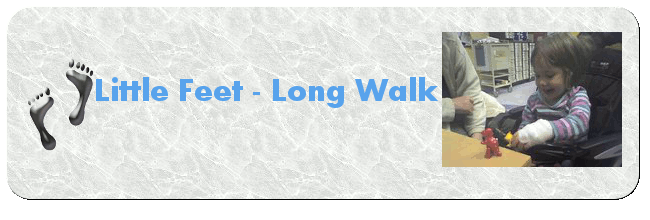About 4-5 days later we found ourselves talking to the oncology consultant. Millie was unhappy and exhausted - she actually fell asleep in my arms whilst we were talking. This was a good thing because it meant we could concentrate on what was being said. The tumour was caused by an aggressive cancer - anaplastic ependymoma.
Some of the following info I remember being told. The rest I have gleaned from the web. I'll let you do your own research. Basically, ependymal tumours form from ependyma cells. These cells line the ventricles (fluid-filled spaces of the brain) and form the central canal of the spine. Ependymomas may occasionally spread from the brain to the spinal cord in the cerebrospinal fluid (CSF). CSF is the fluid that surrounds and protects the brain and spinal cord.
This type of tumour is pretty rare - here are some stats from various sources. About 4,500 people are diagnosed with tumours of the central nervous system each year in the UK. Around 1 in 10 (10%) of these are ependymomas. About 1 in 11 childhood brain tumours are ependymomas. Although cancer is rare in children, brain tumors are the most common type of childhood cancer other than leukemia and lymphoma.
Basically, life can be bloody unfair and this is pretty shitty.
The consultant briefly talked about further treatment which Millie will need to reduce the chance of any reoccurrance. It comes down to chemotherapy or radiotherapy - neither are great, both have crap side effects. This type of cancer does not respond well to chemo. Radiotherapy can be very damaging to developing tissue in the nearby areas and is not used on children under the age of three. The suggestion is for chemo until she is three followed by radiotherapy. We will find out what the full team (of neurologists, oncologists, peadiatric doctors and many more) recommend after they meet in a couple of days.
Whatever the treatment, Millie will need another operation to put in an Hickman catheter (aka wiggly) which is a line in the chest for administering drugs and taking bloods. A better option than a canular in the hand or foot which only lasts about 3 days. Shs is still marked and bruised from the early ones. Millie will also need to undergo a lumbar puncture, at the same time, to determine if there are any floating cancer cells in her spinal fluid. The operations will take place at the Bristol Children's Hospital after the May bank holiday so we will be transferred over that weekend.
Little Feet - Long Walk
Hello and welcome to my blog. This blog is the journey of our family after Millie, our 2 year old daughter, was discovered to have a large brain tumour. The tumour was caused by an aggresive cancer named anaplastic ependymoma. Please feel free to read as much as you want and spread the word. If you want to know more details about the diagnosis then it is best to start at "The beginning ... " which was written in May 2011. But you are welcome to follow us from today. I have created pages that summarise the events leading up to the start of going to Florida for proton radiotherapy at the beginning of June 2011, about 8 weeks after diagnosis.
